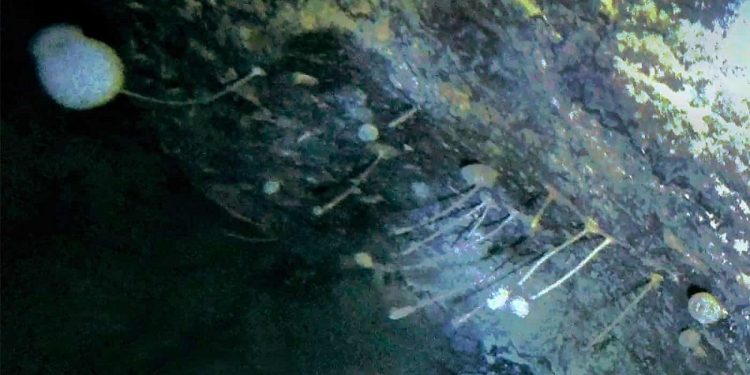Researchers coincidentally discovered life under 3,000 feet of ice in Antarctica. ‘Never ever would they have anticipated it, the lead researcher said. They battled in their life under 3000 feet of ice, Antarctica. Besides, they began two sorts of unusual creatures and they struck to the heart that nothing could live in them. Their impending arrangement is that to discover an approach to arrive at the lives.
Researchers have discovered life under 3,000 feet under the ice in Antarctica, testing their presumption that nothing could live in such conditions.
The past hypothesis was that life couldn’t exist in such a limit: no food, frosty temperatures, and complete haziness.
The creatures were found attached to a boulder in the frigid seas under the Filchner-Ronne ice shelf.
This is the most identified shelves in the earth, said Dr. Huw Griffith, one of the scientists who created the discovery, in a Twitter video.
We did not expect that theses kind of animals would be found here. The Filchner-Ronne ice rack is a gigantic drifting ice sheet that loosens up from Antarctica.
The researchers say they didn’t set out searching forever.
They were boring through the ice sheet to gather tests from the ocean bottom. All things being equal, their camera hit a stone. At the point when they inspected the camera’s recording, it uncovered the revelation.
— British Antarctic Survey (@BAS_News) February 15, 2021
“Never ever would we have contemplated searching for this sort of life, since we didn’t figure it would be there,” Griffiths revealed to The Guardian.
The video uncovers two kinds of unidentified fixed creatures, which appeared here in a video from the British Antarctic Survey. The creatures in red appear to have long stalks, though another kind of creature, featured in white, looks more like a round wipe-like creature. These creatures were found around 160 miles from the vast ocean.
“Our revelation brings up such countless a larger number of issues than it answers, for example, how could they arrive?” Griffith said in an official statement. “What are they eating? How long have they been there?”
The researchers said their following stage was to comprehend whether the creatures were from formerly obscure animal groups.




![The Top & Most Popular Seafood Bucket Restaurants in Dubai for you [Never Miss]](https://uae24x7.com/wp-content/uploads/2020/09/8-seafood-in-a-bucket-scaled-e1600739237403.jpg)
![Procedures for Renewing the Driving License in Abu Dhabi [3 Simple Steps]](https://uae24x7.com/wp-content/uploads/2020/07/Capture-9-e1595666454466.jpg)





